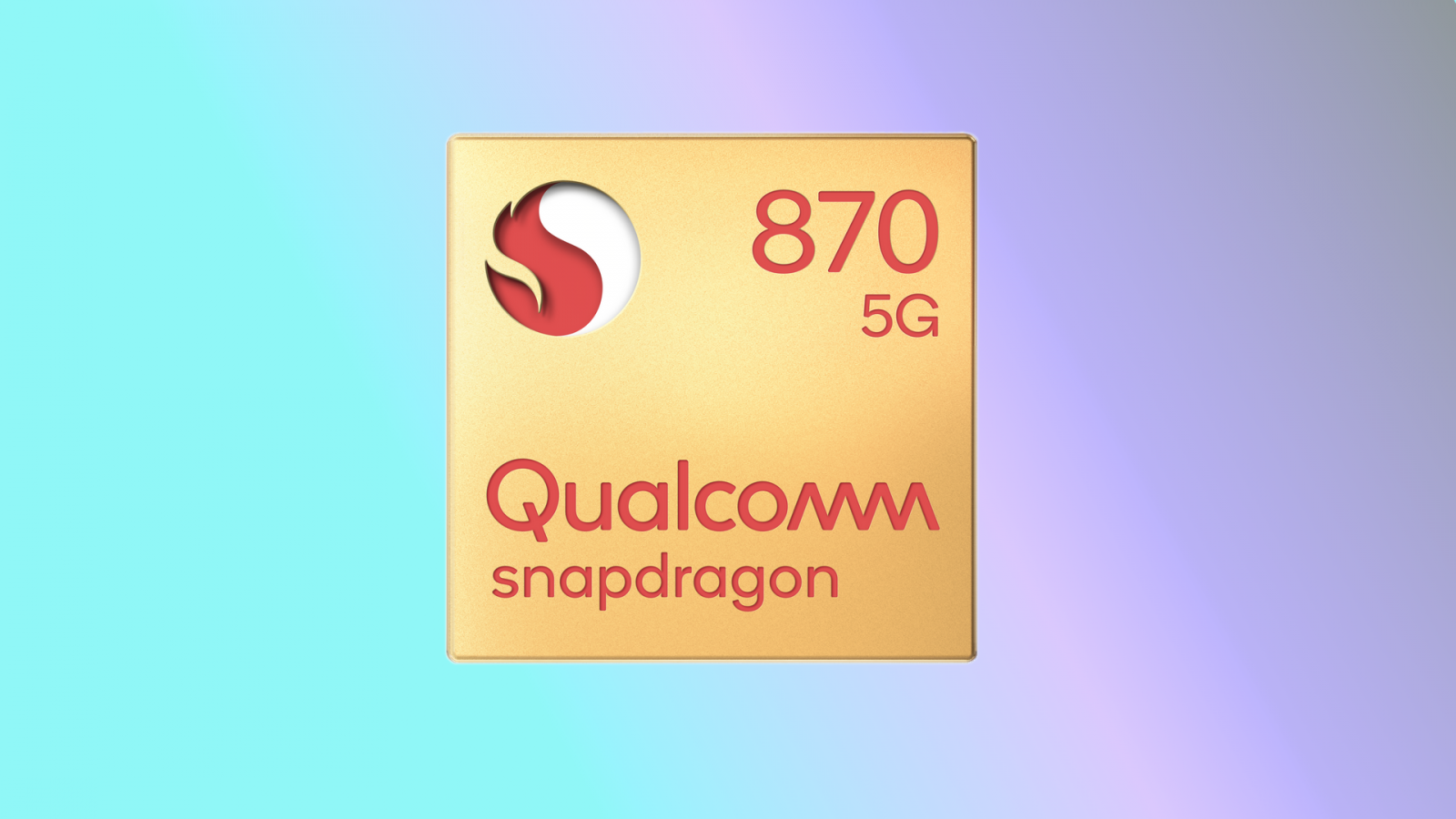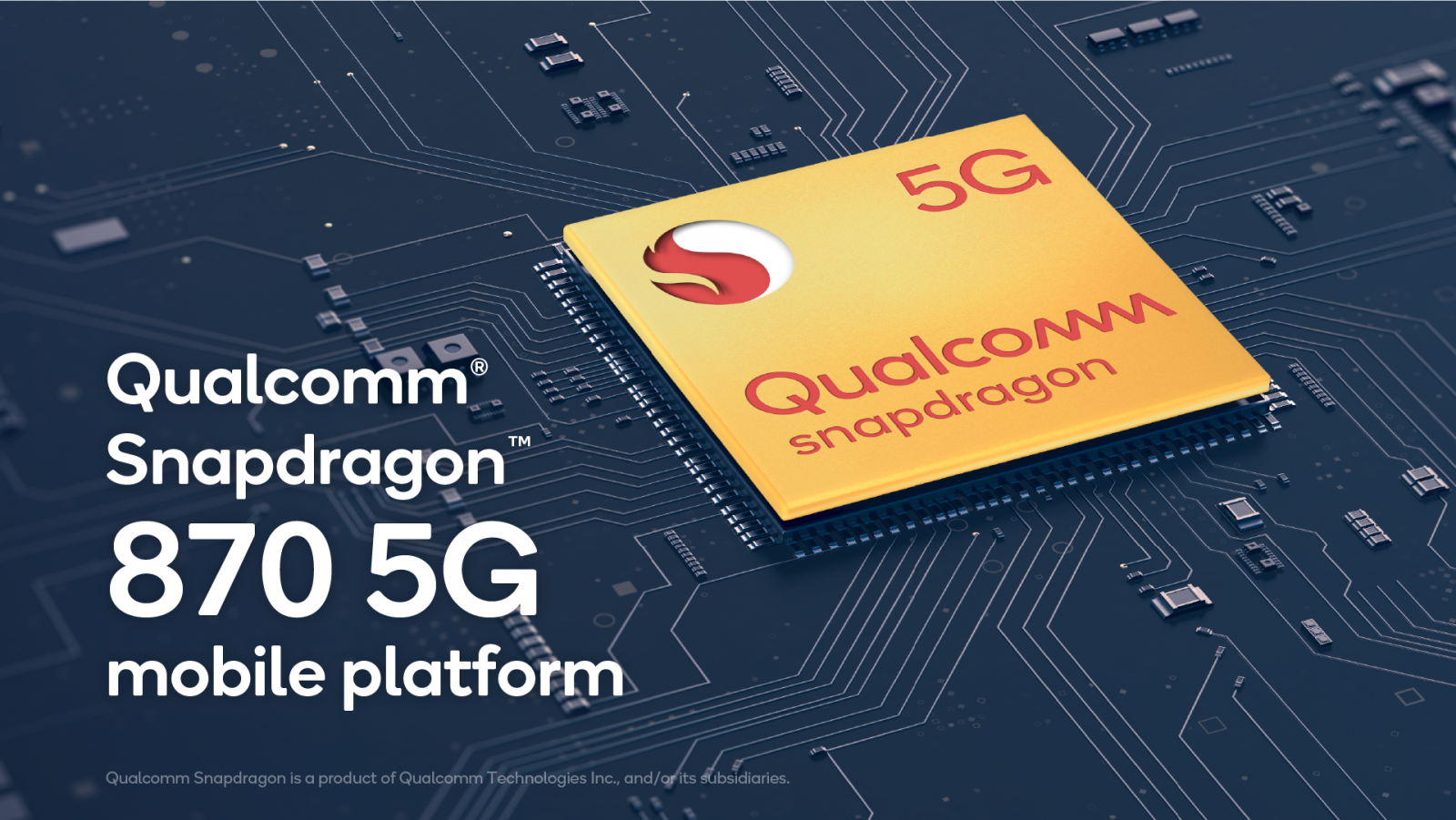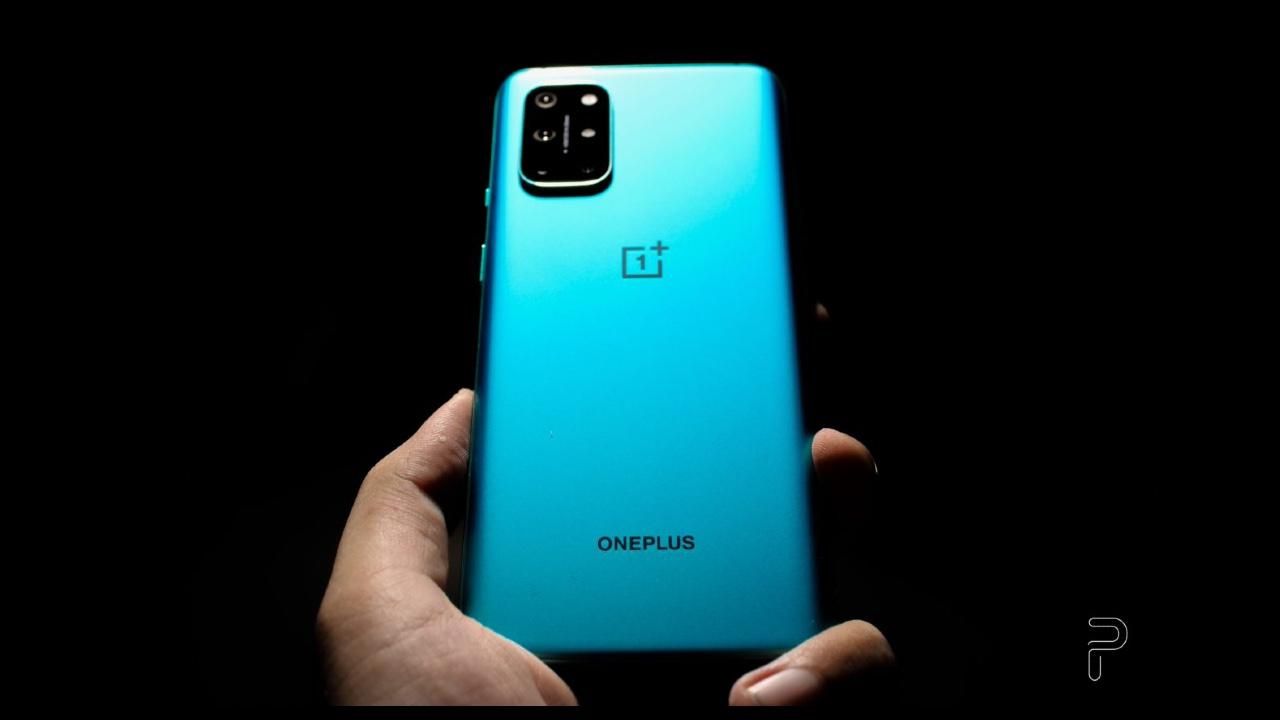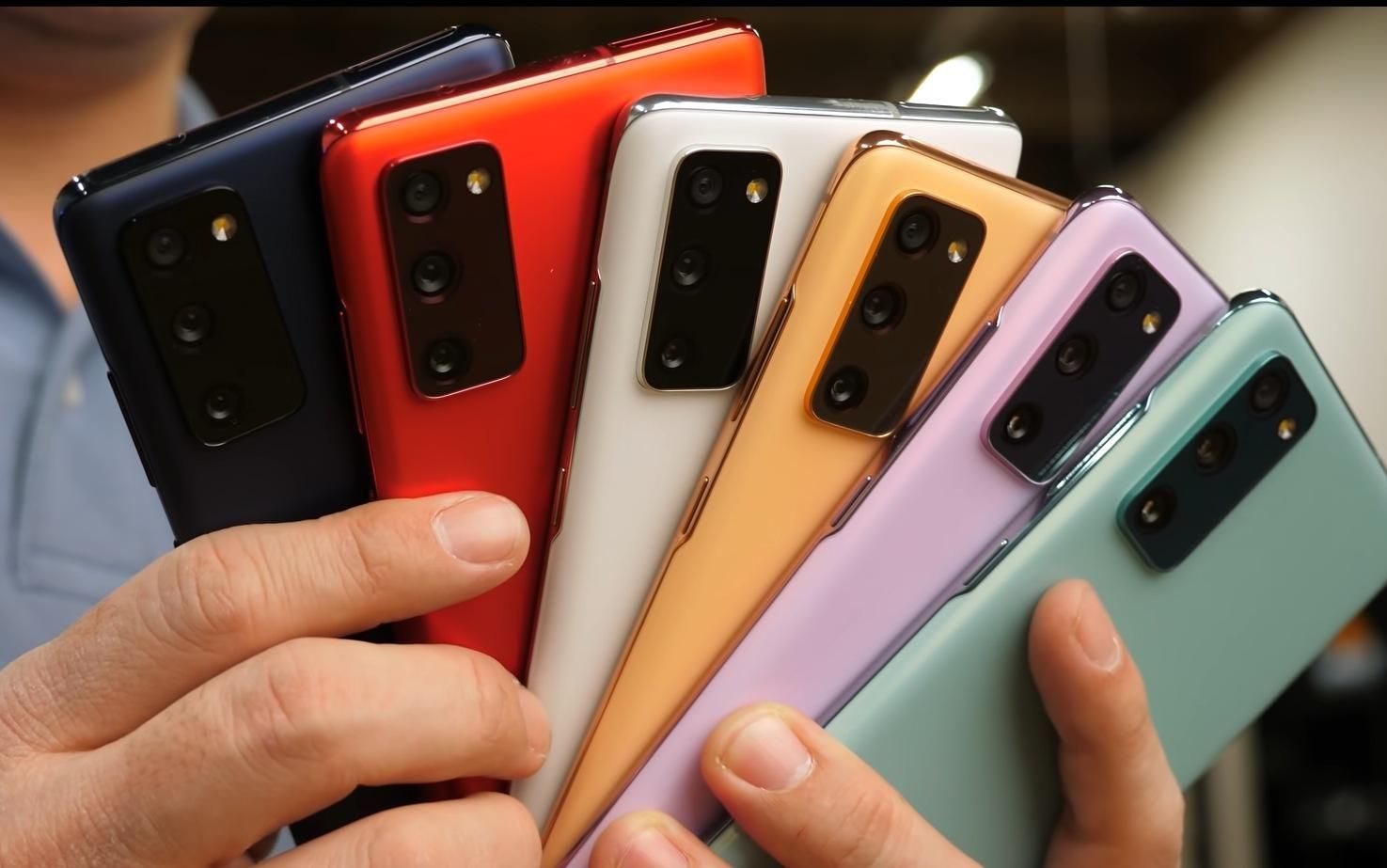The year is 2021. Imagine a brand launching a phone powered by Qualcomm’s last year flagship – the Snapdragon 865 SoC – in 2021. One that costs around the $700 mark or above. Here’s what’s going to happen. The phone may (or may not) receive a positive response depending on how good the overall package and experience turn out to be. However, the entire tech community will almost unanimously point that the phone in question should have been powered by Qualcomm’s latest and greatest – the Snapdragon 888. And how the Snapdragon 865 powering the device is fast, but not future-proof. Or, it is not the best value for money. And rightfully so, to a certain extent if you’re paying that kind of money.
But this is a very nuanced discussion. After all, we often argue that a phone is not all about how fast its processor is. On the contrary, it is the sum total of its parts. And I wholeheartedly agree with the notion. But hardly a smartphone has escaped the ‘oh it is powered by last year’s chipset, and not the latest one’ stigma in the past few years. Qualcomm is finally addressing that issue for smartphone makers. And to a large extent, for consumers too. The solution? Its new chip called Snapdragon 870.
Now, Qualcomm says that the Snapdragon 870 is a follow on to the flagship Snapdragon 865 Plus from last year. Now, the Snapdragon 865 Plus was indeed a flagship SoC that powered the meanest Android phones of 2020. But the Snapdragon 870, claimed to be a follow-up to Snapdragon 865 Plus, is not a flagship. That crown is already taken by the Snapdragon 888 SoC. So, what exactly is the Snapdragon 870?
Is the Snapdragon 870 a flagship? Well, sort of!
Snapdragon 870 is sorta Snapdragon 865 Plus 'Plus' for 2021?
Well, it’s hard to explain. On one hand, it is blazing fast, has all the imaging, connectivity, and processing capabilities of a flagship chipset, yet it is not one. In my opinion, the Snapdragon 870 is to Snapdragon 888 what the iPhone 12 Pro is to the iPhone 12 Pro Max. Or, what the Galaxy S21 is to the Galaxy S21 Ultra. Essentially, the Snapdragon 870 can be called a flagship SoC, but that would make the Snapdragon 888 an ultra version of it.
But why does the Snapdragon 870 exist?
To be honest, only the minds over at Qualcomm can answer that question. But I will try to put it in brief here. Imagine buying a true-blue flagship Android phone in 2021. Prepare to spend a minimum of $800 on your purchase. However, if a brand sells a phone with an equally capable camera (if not better), great display, and charging capabilities, but powered by last year’s Snapdragon 865 Plus chip, you would hesitate to spend that amount.
Yes, Snapdragon 870 is not as fast as the Snapdragon 888, but it is still an improvement over Qualcomm’s best from 2020. And that means something!
What if Qualcomm offers a flagship-grade processor that was LAUNCHED in 2021 for phones that debut later this year? Being a Snapdragon 8xx series processor launched in 2021, not many would question its flagship credentials. Yes, it is not as fast as the Snapdragon 888, but it is still an improvement over Qualcomm’s best from 2020. And that means something.
Now, if you look at the spec sheet, both the Snapdragon 865 Plus and Snapdragon 870 employ the same Qualcomm Kryo 585 CPU and the Adreno 650 GPU. Both support still image capture of up to 200MP resolution, thanks to the Spectra 480 ISP, 8K video capture at up to 30fps frame rate, can drive a QHD+ display with up to 144Hz refresh rate. ? Heck, both are based on the 7nm process too.
For budget flagships like the OnePlus 8T, snapdragon 870 is a good news!
The only key difference? The Kryo 585 CPU inside the Qualcomm Snapdragon 870 is clocked at 3.2GHz, while the Kryo 585 CPU at the heart of Snapdragon 865 Plus ticks slightly slower at 3.1GHz. That’s not a big difference, you would say, right? Well, I would share the same sentiment too. But Qualcomm has been following a similar formula when it comes to launching a mid-year refresh of its flagship chipsets – Snapdragon 865 / 865 Plus and Snapdragon 855 / 855 Plus – for the past couple of years.
Yes, the differences are negligible, but then, the idea sells too. But consumers have come to recognize that tactic too. If one were to apply the same logic, the Snapdragon 870 can be christened as Snapdragon 865 Plus ‘Plus’. But that’s not the point here.
Qualcomm is giving the 2020 flagship a slight speed boost and is launching it as a new high-end product that still technically qualifies as a flagship chip in 2021
With the Snapdragon 870, Qualcomm is trying to achieve something more. Instead of phasing out the Snapdragon 865’s framework entirely in favor of a new lineup (read: Snapdragon 888), Qualcomm is giving the 2020 flagship a slight speed boost and is launching it as a new high-end product that still technically qualifies as a flagship chip. This is kinda the same analogy as us tech journalists putting the Galaxy S21 and the Galaxy S21 Ultra in the same class of phones that we call flagships. Yes, the two phones are vastly different. But on its own, the Galaxy S21 is a flagship, without an iota of doubt.
This strategy gives Qualcomm a chance to ship more ‘flagship’ chips to smartphone makers by enjoying a higher profit margin, now that the components of a 2020 SoC are a generation old and come at a cheaper cost. So, the Snapdragon 870 is a win-win situation for Qualcomm, it seems. But what about the smartphone user looking to buy a decently powerful phone? How does a consumer stand to benefit from the Qualcomm Snapdragon 870?
Where does this leave smartphone makers?
https://twitter.com/hashtag/Snapdragon?src=hash&ref_src=twsrc%5Etfw
It goes without saying that the consensus and general impressions of the tech journalism industry – of which I am also a part – plays a huge role in shaping consumer behavior. And when an overwhelming majority of experts and reviewers arrive at a conclusion that says something like “This phone is blazing fast, but it could have been faster if only it used the latest flagship processor,” it does dissuade many buyers from buying that device. And some of them eventually spend more to buy the newer device with the latest chip, despite the fact that they would’ve been satisfied with the performance of a phone with last year’s flagship chip inside.
With the Snapdragon 870, Qualcomm is removing that ‘last year’s processor’ conundrum from the equation.
With the Snapdragon 870, Qualcomm is removing that ‘last year’s processor’ conundrum from the equation. Instead, the company is launching it as a follow-up to its 2019 flagship – the Snapdragon 865 Plus. And in doing so, the Snapdragon 870 becomes a sort of flagship chip in itself. And of course, it will perform like a flagship fitted inside any device that arrives in 2021.
With that assurance established and the consumer psyche played, brands can employ the Snapdragon 870 inside their ‘budget flagships’ without worrying much about consumer backlash. After all, the Snapdragon 870 is a processor launched in 2021 that happens to be a successor to Qualcomm’s flagship SoC of 2020.
Snapdragon 870 will serve as the cheaper, more value-centric flagship alternative to Snapdragon 888
Snapdragon 870 is an SoC launched in 2021 that happens to be a successor to Qualcomm’s flagship SoC of 2020.
The latest Qualcomm offering also gives brands more breathing space to diversify their portfolio of high-end phones. Take for example the OnePlus 9 Lite – the rumored third member of the OnePlus 9 family that will debut in the next few months. Leaks suggest that it will come equipped with last year’s Snapdragon 865, while the OnePlus 9 and its Pro variant will use the Snapdragon 888 chip.
Now, imagine the difference in consumer – and the tech journalism industry’s – reception if OnePlus decides to equip the OnePlus 9 Lite with the newer Snapdragon 870 instead of last year’s Snapdragon 865 chip. Of course, the reception would be warmer if the device comes with the Snapdragon 870, even though it is only a hair faster than the Snapdragon 865 Plus and offers no major upgrades.
For smartphone makers, the Snapdragon 870 will come cheaper, helping them cut costs and focus on improving other areas of their ‘budget flagship’ phones
For smartphone makers, the Snapdragon 870 will come cheaper, helping them cut costs and focus on improving other areas of their ‘budget flagship’ phones such as cameras, build quality, or the charging technology without compromising on raw performance or thinking too much about market reception. Essentially, it is a win-win situation for brands as well, especially for names like OnePlus and Xiaomi, both of which are known to offer high-end hardware at highly competitive prices by maintaining a lower profit margin compared to the likes of Samsung and Apple.
Is Snapdragon 870 a good deal for me – the buyer?
Samsung Galaxy S20 FE is the perfect example for the kind of phones tailor-made for Snapdragon 870 SoC
As for the consumers, they will also benefit from the arrival of the Snapdragon 870. I, for one, would be happy to buy ‘budget flagship’ powered by the Snapdragon 870 as long as it offers decent cameras, a good quality display, and fast charging capabilities without asking me to pay almost a thousand dollars for it.
I definitely see the likes of Xiaomi, Realme and other Chinese brands embracing the Snapdragon 870 to launch budget flagships in the $600 price bracket. Of course, the competition is going to be even more cut-throat in that segment of Snapdragon 870-powered phones. But hey, the more choice, the merrier it is for a buyer who wants to get the flagship experience without having to pay a fortune for it. At the end of the day, the consumer wins too, and I am all up for it!





